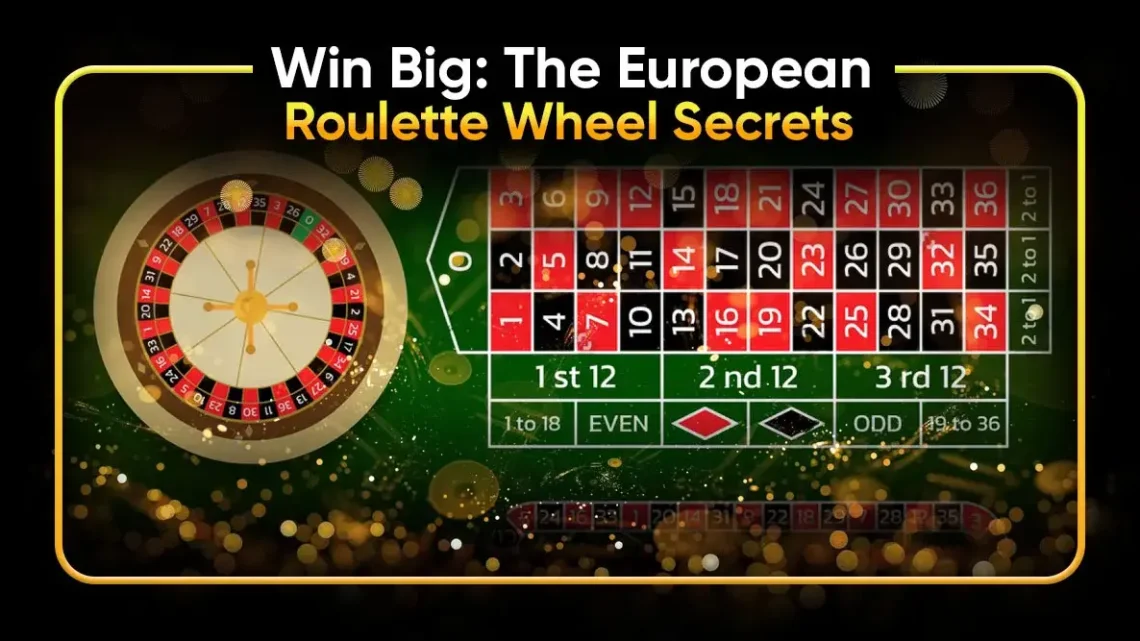
Accessibility Adaptations in Roulette for Players with Disabilities
September 12, 2025The spinning wheel. The clattering ball. The collective gasp of anticipation. Roulette is a symphony of chance and excitement. But for players with physical, auditory, or visual disabilities, this classic casino experience could feel like a concert they’re shut out of. Thankfully, that’s changing. And fast.
The industry is finally waking up to the fact that inclusivity isn’t just a buzzword—it’s a necessity. From tactile chips to voice-activated software, a quiet revolution is making the roulette table a welcoming place for everyone. Let’s dive into the ingenious adaptations breaking down barriers.
Physical Accessibility: More Than Just a Ramp
Sure, a wheelchair-accessible entrance is the absolute baseline. But true physical accessibility at the roulette table goes much deeper. It’s about being able to participate fully and comfortably.
Lowered Tables and Clear Floor Space
Many modern casinos now feature roulette tables with adjustable heights or permanently lowered sections. This isn’t just about fitting a wheelchair underneath; it’s about providing a clear sightline to the wheel and the layout. Ample space around the table is also crucial, allowing for easy maneuverability without feeling cramped or disruptive to other players.
Adapted Chips and Handling
For players with limited dexterity or grip strength, handling standard casino chips can be a real challenge. The solutions are brilliantly simple:
- Tactile Chips: Chips with Braille markings or distinct, raised ridges allow players to identify denominations by touch alone.
- Chip Handling Tools: Simple devices like chip pushers and pullers can act as an extension of the hand, making it easier to place bets and collect winnings without fumbling.
- Designated Betting Assistants: In some venues, a dedicated staff member can be assigned to place bets exactly as instructed by the player, ensuring autonomy and accuracy.
Visual Impairments: Seeing the Game Through Sound and Touch
Roulette is a highly visual game. So how do you adapt it for players who are blind or have low vision? You engage their other senses.
Audio Description and Talking Equipment
Imagine a headset that whispers the winning number directly into your ear the moment the ball drops. That’s a reality in some forward-thinking establishments. Audio description technology provides a real-time, discreet commentary of the action. Furthermore, talking roulette wheels are emerging. These use internal sensors to identify the winning pocket and announce it clearly through a speaker system.
Tactile Layouts and Braille Betting
For placing bets, tactile table layouts are a game-changer. These feature raised lines and Braille labels for each betting section—numbers, colors, odds/evens, and so on. A player can run their fingers across the felt and “feel” the betting grid, allowing for completely independent play.
Hearing Impairments: Ensuring No Announcement is Missed
While less reliant on sound than sight, crucial information at a roulette table is often announced verbally: “No more bets!” or the declaration of the winning number.
Visual Display Terminals and Lighting Systems
The most effective adaptation here is a simple visual display. Small screens at each table can clearly show the winning number, often accompanied by a bright, flashing light that signals when betting is closed. This visual cue ensures players who are deaf or hard of hearing are on a perfectly level playing field with everyone else.
Staff Training in Basic Sign Language
It sounds so simple, but it’s incredibly powerful. Training croupiers and floor managers in basic casino-related sign language fosters a direct and personal connection, making players feel seen and understood.
The Digital Frontier: Online Roulette Accessibility
Honestly, the online world has been a trailblazer in accessible gambling options. For many players with disabilities, the digital version of roulette is where they find the most freedom and control.
Screen readers like JAWS or NVDA can navigate well-designed websites, calling out bet options and results. Keyboard navigation allows those who can’t use a mouse to tab through the interface. Operators are also implementing voice command technology, where a player can simply say, “Place 10 on red,” to make their bet.
The key, of course, is for online casinos to adhere to Web Content Accessibility Guidelines (WCAG). It’s not just good ethics; it’s good business.
A Work in Progress: The Road Ahead
While the progress is fantastic, it’s not universal. You might find a casino in one city that’s a model of inclusivity, while another just down the road hasn’t even considered it. The inconsistency is a real pain point.
The future, though, is bright. We’re starting to see truly integrated tables designed from the ground up with universal design principles. Think built-in audio jacks, tactile elements, and adjustable components as standard features, not afterthoughts.
Advocacy from groups representing people with disabilities continues to push the industry forward, reminding everyone that the thrill of the game belongs to us all.
At its heart, roulette is about pure, unpredictable chance. It doesn’t discriminate. The adaptations we’re seeing ensure that the tables we play at don’t either. They’re not just about compliance; they’re about connection. They transform the game from a spectator sport into a participatory event, letting everyone feel the rush of the spin and the joy of the win.






